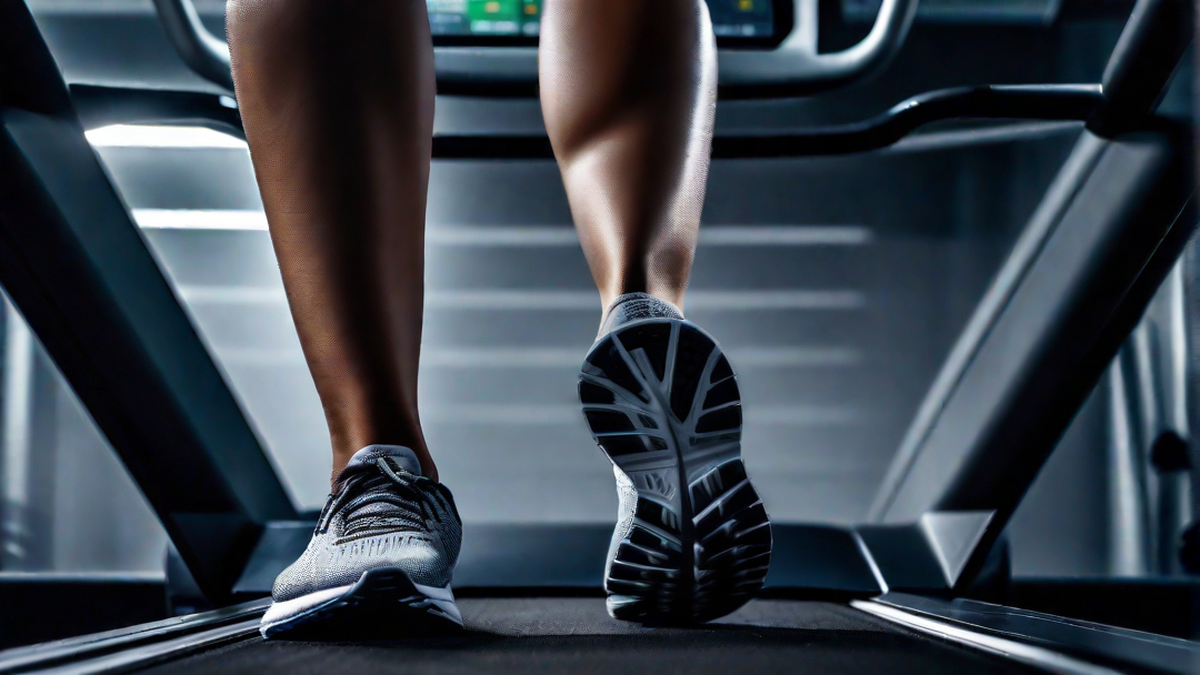Running on a treadmill can be a convenient way to get in a good workout without having to brave the elements or worry about uneven terrain. However, if you’ve ever experienced hip pain after running on a treadmill, you may be wondering why this is happening. As an avid runner who has dealt with hip pain myself, I understand the frustration and the need for answers.
Understanding the Mechanics
When we run on a treadmill, our bodies undergo a slightly different motion compared to running outdoors. The belt of the treadmill moves beneath us, which means that our feet don’t propel us forward as much as they would on solid ground. This altered running motion can put additional stress on certain muscles and joints, including the hips.
One major factor that can contribute to hip pain on a treadmill is the lack of natural movement. When we run outdoors, our hips are free to move in various directions, accommodating the subtle changes in terrain. On a treadmill, however, the movement is repetitive and fixed, which can lead to increased strain on the hip joints.
Weakness and Imbalances
Another common cause of hip pain on a treadmill is weakness or imbalances in the muscles surrounding the hips. When these muscles are weak or imbalanced, the body compensates by overloading other muscles and joints, leading to pain and discomfort. This is especially true for the hip abductors, which are responsible for stabilizing the hips during running.
If you’ve been primarily running on a treadmill and experiencing hip pain, it may be beneficial to incorporate exercises that specifically target the hip abductor muscles into your routine. These exercises can help strengthen and stabilize the hips, reducing the likelihood of pain and injury.
Improper Form
Form is crucial when it comes to running, whether it’s on a treadmill or outdoors. Poor running form can put unnecessary stress on different areas of the body, including the hips. When running on a treadmill, it’s important to maintain proper posture and alignment. Avoid slouching or leaning too far forward, as this can contribute to hip pain and discomfort.
It’s also essential to pay attention to your stride length. Overstriding, which is reaching your leg too far forward, can increase the impact on your hips and lead to pain. Aim for a shorter, quicker stride that allows for a more efficient and natural running motion.
Conclusion
While running on a treadmill can offer convenience and a controlled environment, it can also lead to hip pain if not approached with care. Understanding the mechanics, addressing muscle weaknesses and imbalances, and maintaining proper form can all help prevent and alleviate hip pain on the treadmill.
Remember, if you experience persistent or severe hip pain, it’s always a good idea to consult with a healthcare professional or a sports medicine specialist. They can provide more personalized advice and guidance based on your individual circumstances.

